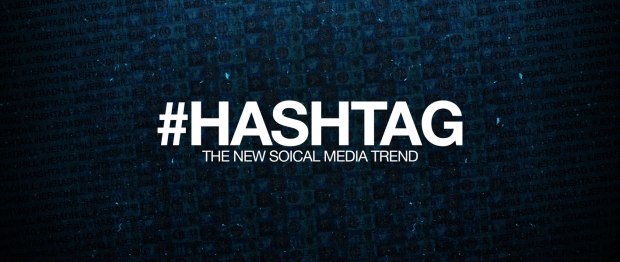
Last week, I visited two student-curated exhibitions at the Beard and Weil Galleries on campus. I found out about this art exhibition through my colleague Rufus Chan who also happens to be among the group of students curating the exhibition. The Beard Gallery exhibition, titled “Tracing the Thread,” features more than 55 objects from Wheaton’s permanent collection, the Gebbie Archives and Special Collection and private collections that represent the ways in which humans from a variety of cultures create and use fiber, both past and present. It was really fascinating to see how the students set up the entire gallery: if I didn’t know better, I would have thought it was set up by an outside source. Each of the pieces in the gallery had written descriptions put together by the students with the help of their supervising faculty and the college archivist.
The Weil Gallery exhibition, titled “Goya and Beethoven: Finding a Voice out of Silence”. The exhibition is collaboration between a history course on Francisco Goya and a Music course on Ludwig van Beethoven. Featured in the gallery were 23 Goya prints and nine print portraits of Beethoven and his colleagues. It was certainly marvelous to see these amazing works of art on display in such harmony. Not to mention, both the Beard and Weil Galleries are in the same room so all the different pieces were next to each other. When I first heard that they were being exhibited together, I couldn’t picture how that would work. However the students in charge of curating gallery made sure that the pieces weren’t convoluted, they actually complemented each other. I enjoyed being able to learn about multiple art pieces individually and collectively. Certainly, I will add “visiting art galleries” to my list of hobbies.








